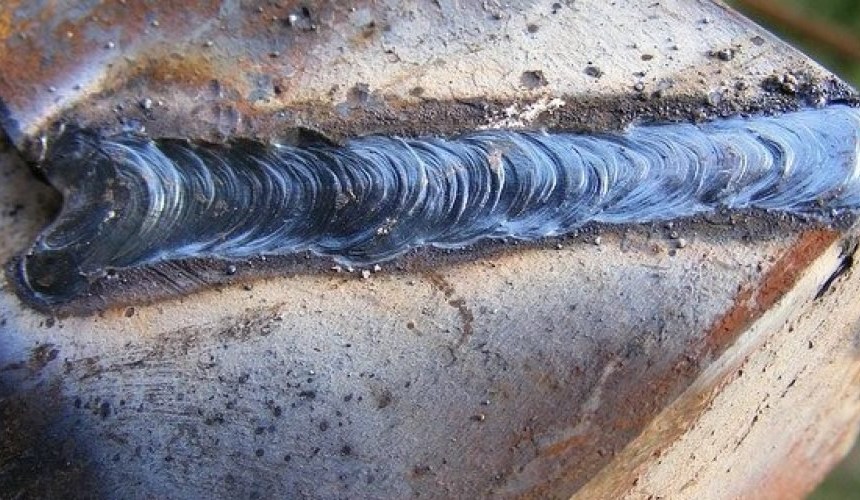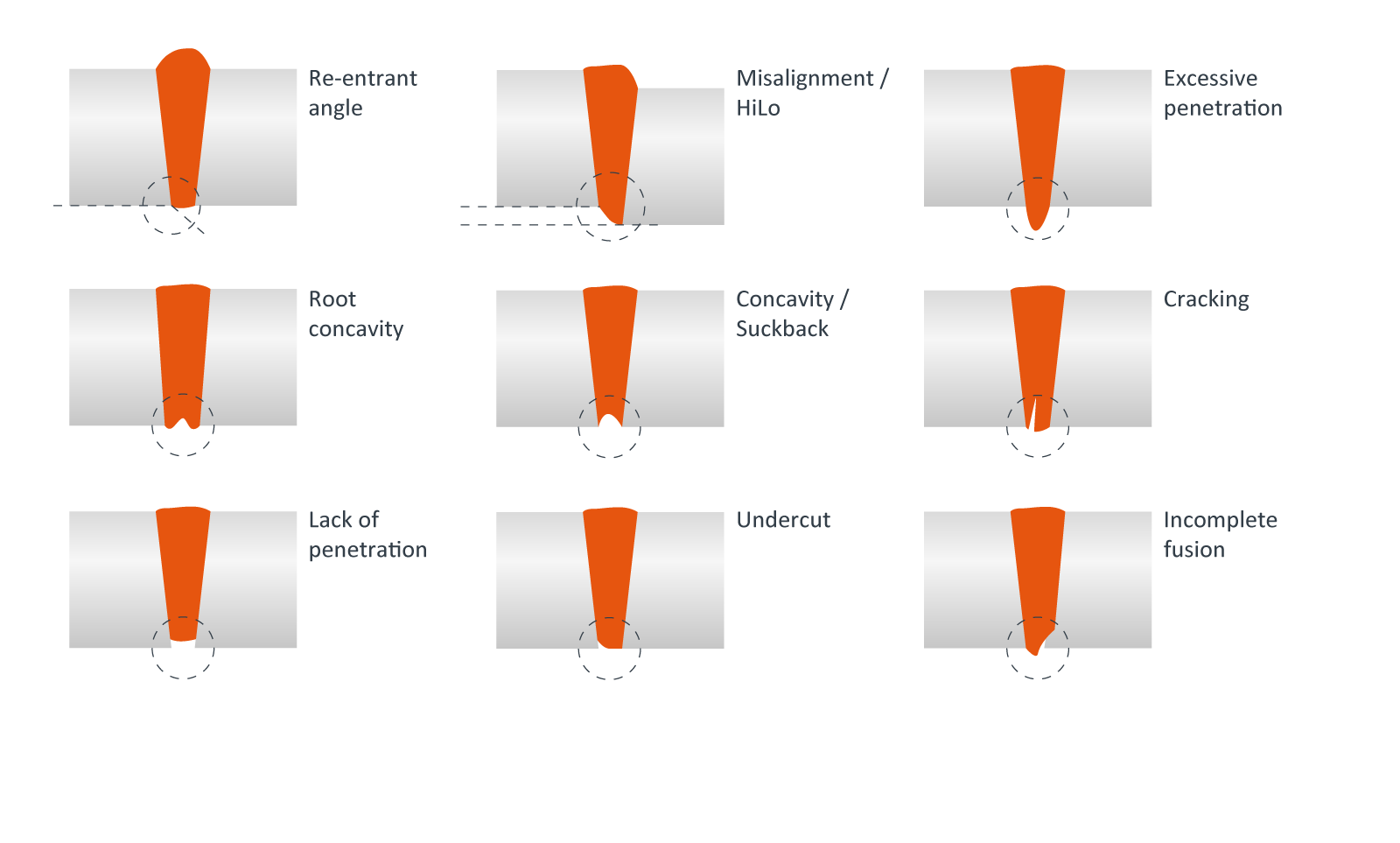Mastering the Art of Welding: How to Avoid Undercut Welding Issues for Flawless Construction Results
Effectiveness and accuracy are extremely important worldwide of welding, where also the smallest blemish can endanger the architectural integrity of a fabricated item. One typical challenge that welders face is damaging, a problem that can deteriorate a weld joint and lead to pricey rework. By understanding the origin causes of undercut welding and applying effective techniques to avoid it, welders can boost their craft to brand-new levels of quality (Preventing weld undercut). In the pursuit of perfect manufacture results, understanding the art of welding to prevent undercut issues is not just a skill but a requirement for those pursuing excellence in their work.
Understanding Undercut Welding

To stop undercut welding, welders should guarantee correct welding criteria, such as readjusting the current, voltage, traveling rate, and keeping the appropriate electrode angle. In addition, utilizing the appropriate welding strategy for the particular joint arrangement is necessary. Utilizing weaving motions or backstepping methods can aid guarantee proper weld steel deposition and decrease the probability of undercut development. Regular evaluation of welds throughout and after the welding procedure is also critical to catch any type of undercut early and make necessary modifications to stop further problems. Preventing weld undercut. By understanding the sources of undercut welding and implementing safety nets, welders can attain top quality, structurally audio welds.
Sources Of Undercut in Welding
Recognizing the elements that add to damage in welding is crucial for welders to create premium, structurally sound welds. Damaging occurs when the weld steel does not appropriately load the groove formed in between the base steel and the formerly transferred weld steel. A number of variables can cause damage in welding. One typical cause is extreme heat input. Welding at high temperatures for extended periods can result in the base metal melting greater than wanted, resulting in undercut. Insufficient welding incorrect or current welding rate can also add to undercut. Not enough current may not provide adequate warm to melt the base and filler metals properly, while excessive speed can protect against correct fusion, causing undercut. In addition, improper electrode angles or wrong lantern manipulation techniques can create areas of reduced weld steel deposition, advertising undercut. Comprehending these causes and executing appropriate welding techniques can help stop undercutting problems, making sure solid and long lasting welds.
Strategies to Protect Against Undercutting

To mitigate the threat of damaging in welding, welders can employ tactical welding techniques aimed at enhancing the quality and honesty of the weld joints. In addition, making use of the right welding strategy for the certain joint configuration, such as weave or stringer grains, can add to lowering damaging.
Additionally, correct joint prep work, including ensuring tidy base materials devoid of pollutants and making use of the ideal welding consumables, is essential in avoiding undercut flaws. Utilizing back-step welding methods and managing the weld grain profile can additionally help disperse heat uniformly and minimize the risk of undercut. Routine examination of the weld joint throughout and after welding, as well as executing quality control measures, can assist in detecting and resolving undercutting issues without delay. By implementing these techniques vigilantly, welders can achieve flawless fabrication results with very little undercut flaws.
Significance of Appropriate Welding Parameters
Picking and maintaining appropriate welding criteria is crucial for attaining successful welds with minimal issues. Welding parameters refer to variables such as voltage, present, travel rate, electrode angle, and protecting gas flow rate that straight influence the welding process. These parameters need to be carefully readjusted based upon the kind of material being bonded, its density, and the welding strategy employed.
Correct welding parameters guarantee the correct amount of heat is related to thaw the base steels and filler material consistently. If the criteria are set too expensive, it can result in extreme heat input, creating spatter, distortion, or burn-through. On the various other hand, if the parameters are also reduced, incomplete blend, lack of penetration, or damaging may occur.
Quality Control in Welding Procedures

Conclusion
To conclude, mastering the art of welding requires an extensive understanding of undercut welding, its causes, and methods to avoid it. By making certain appropriate welding parameters and applying quality control techniques, perfect construction outcomes can be achieved. It is crucial for welders to continually pursue excellence in their welding operations to prevent undercut concerns and generate high-grade welds.
Undercut welding, a common issue in welding procedures, happens when the weld steel does not correctly fill the groove and leaves a groove or anxiety along the welded joint.To prevent undercut welding, welders should guarantee proper welding specifications, such Read Full Report as changing the existing, voltage, travel speed, and maintaining the proper electrode angle. Poor welding present or wrong welding speed can additionally add to damage.To minimize the threat of damaging in welding, welders can use calculated welding strategies aimed at enhancing the quality and stability of the weld joints.In conclusion, grasping the art of welding needs a complete understanding of undercut welding, its reasons, and strategies to stop it.